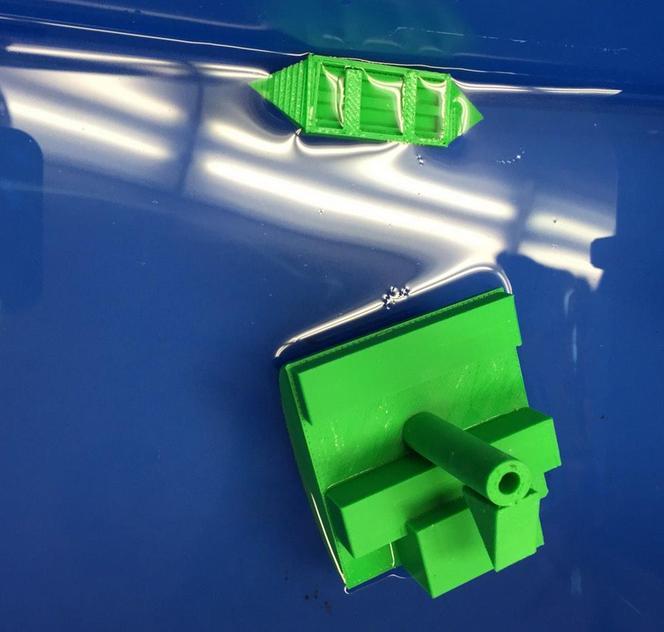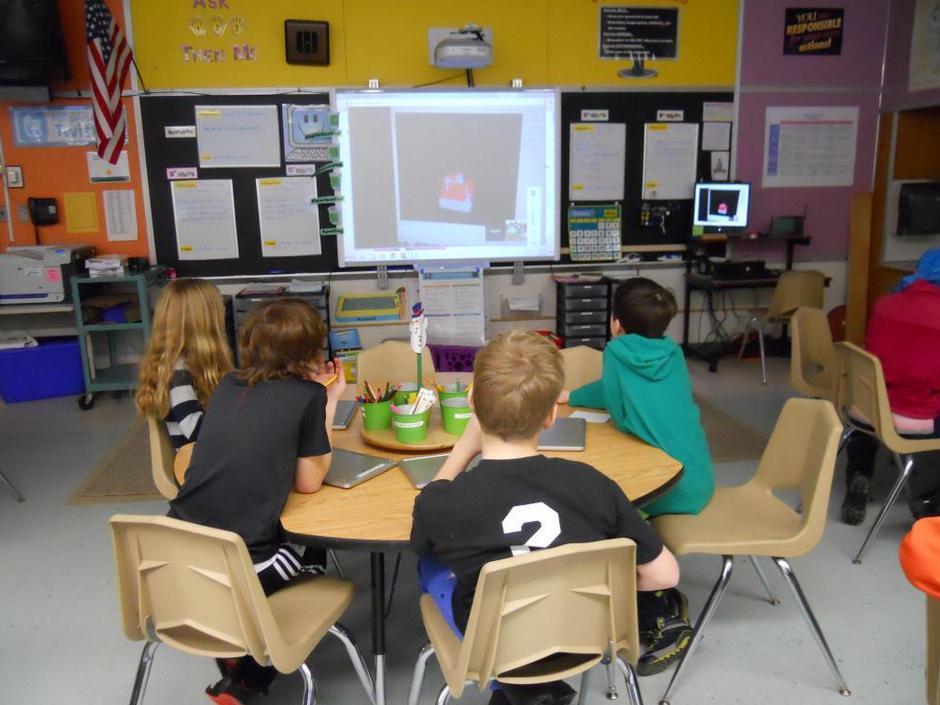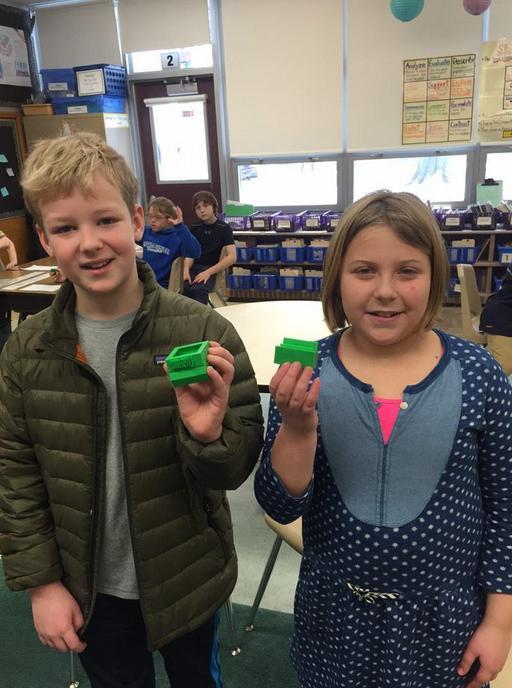I am often approach ed by teachers and school administrators who want to provide the best possible technology to their students. One of the first things they ask me is, “How can we introduce 3D printing into the classroom?” For me, that’s a very simple question to answer, as the possibilities are really endless. 3D printing can be used to teach students about a lot of different things. It can be used in virtually every classroom, whether it is art, math, history, geography, or even English. For educators who have not seen or used a 3D printer though, it is difficult to realize the potential that this technology brings to the classroom.
ed by teachers and school administrators who want to provide the best possible technology to their students. One of the first things they ask me is, “How can we introduce 3D printing into the classroom?” For me, that’s a very simple question to answer, as the possibilities are really endless. 3D printing can be used to teach students about a lot of different things. It can be used in virtually every classroom, whether it is art, math, history, geography, or even English. For educators who have not seen or used a 3D printer though, it is difficult to realize the potential that this technology brings to the classroom.
For two teachers at Point Road Elementary School (PRS), in Little Silver, New Jersey, 3D printing became a way to make learning about geometry more hands-on and entertaining.
Wendy Whittle and Allison Capone teach 4th grade classes at PRS. As many of us know from our days in school, math class can become quite boring at times. Mrs. Whittle and Mrs. Capone, however, found a way to get their students excited about coming to class and learning about mathematics. They introduced their students to Tinkercad, which is a free online application that allows students to design 3-dimensional models. After the kids had completed a self-guided lesson on how to use the software, the two teachers challenged them to design boats that would be able to float in a bucket of water by themselves, and also while holding extra weight (cargo).
“The students were excited to not only continue using Tinkercad but to now have the challenge identified,” Mrs. Whittle explains. “They immediately began researching how boats are constructed and what factors would help them to float, working on their designs using Tinkercad. They were told that only three designs would be chosen to be printed, so student focus on their design was intense.”

The 3D boat printing water challenge was a big success as students designed and created boats, printed on the RBR 3-D printer, which actually floated and held cargo.
While the students were busy designing their boats, and researching what went into making them float, Mrs. Whittle was talking with a teacher from another Little Silver school. Dan Pearce, an engineering teacher at Red Bank Regional High School (RBR), also happens to be the owner of a Stratasys Dimension SST 768 3D printer, and he volunteered his time to print out all 22 of the students’ model boats for Mrs. Whittle. Mr. Pearce had to prepare each model for printing, set up the printer, and watch over the printing of each design.
“I was only too happy to assist in this endeavor so that our sending school students could benefit from the resources and knowledge available to their regional high school,” explained Mr. Pearce.
Mr. Pearce and Mrs. Whittle then setup a private Google Hangout session where Mr. Pearce could talk directly to the students from across town, and show them how he went about the entire 3D printing process. They had the opportunity to learn a little bit about 3D printing in general, and all the steps needed in order to take a Tinkercad model and prepare it for printing.

Little Silver Point Road fourth graders attend a Google Hangout session with the RBR engineering teacher who assisted in their 3D boat printing project.
Once all of the boats were printed out, they were placed in a bucket filled with water and tested to see if they would float by themselves, while remaining upright. The ones that did were then loaded with additional cargo to see if they could hold the added weight. Two winners were awarded. Mathias Lazewski and Madelyn Reppert’s boats came out on top, being able to hold the most weight while remaining afloat.
“The students were fascinated and completely engaged,” said Allison Capone. “They were amazed to see that what had once been a picture on the screen became something they could actually hold and touch!”

Mathias Lazewski and Madelyn Reppert of Little Silver Point Road School are the proud winners of the 3D printing Boat Water Challenge.
This goes to show that virtually any lesson plan can be incorporated with 3D printing to some degree or another. 3D printing has so much potential in today’s education system. It’s just a matter of time before every school realizes the potential that could be unleashed.
What do you think about these teachers’ use of 3D printing to make learning about geometry more exciting, entertaining, intuitive, and educational? Should 3D printing be used more frequently within the classroom? Discuss in the 3D Printed Boat Design forum thread on 3DPB.com.
Subscribe to Our Email Newsletter
Stay up-to-date on all the latest news from the 3D printing industry and receive information and offers from third party vendors.
You May Also Like
Precision at the Microscale: UK Researchers Advance Medical Devices with BMF’s 3D Printing Tech
University of Nottingham researchers are using Boston Micro Fabrication‘s (BMF) 3D printing technology to develop medical devices that improve compatibility with human tissue. Funded by a UK grant, this project...
3D Printing Webinar and Event Roundup: April 21, 2024
It’s another busy week of webinars and events, starting with Hannover Messe in Germany and continuing with Metalcasting Congress, Chinaplas, TechBlick’s Innovation Festival, and more. Stratasys continues its advanced training...
3D Printing Webinar and Event Roundup: March 17, 2024
It’s another busy week of webinars and events, including SALMED 2024 and AM Forum in Berlin. Stratasys continues its in-person training and is offering two webinars, ASTM is holding a...
3D Printed Micro Antenna is 15% Smaller and 6X Lighter
Horizon Microtechnologies has achieved success in creating a high-frequency D-Band horn antenna through micro 3D printing. However, this achievement did not rely solely on 3D printing; it involved a combination...





























